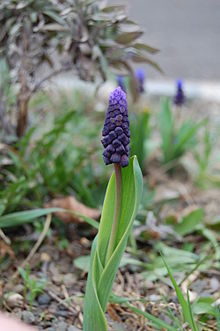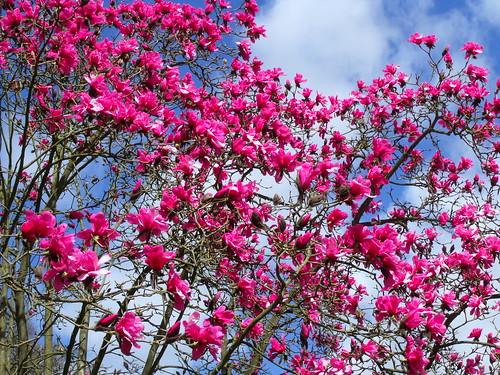Campanula persicifolia
Common name: peach-leaved bellflower
Family: Campanulaceae
Leaf: short-stalked and narrowly spatulate, withering before flowering time
Flowers: terminal raceme of a few flowers or single flower. Each flower is a calyx fused with 5 narrow lobes eventually spreading. The corolla, is 5-lobed, 1-2" long with 5 violet-blue fused petals, blooming June to August.
Fruit: conical capsule
Habit: rhizomatous herbaceous perennial; Form: mounding
Height: 1'-3'; Spread: 1'-3'
Culture: Best grown in full sun to part shade in medium moist, fertile, well-drained soils, in neutral to alkaline soils. Responds well to shearing/cutting back after flowering to promote a second wave of flowering.
Uses: woodland margins, rocky outcrops meadows and banks, a good filler plant.
Origin: Alps and other mountain ranges of Europe.











